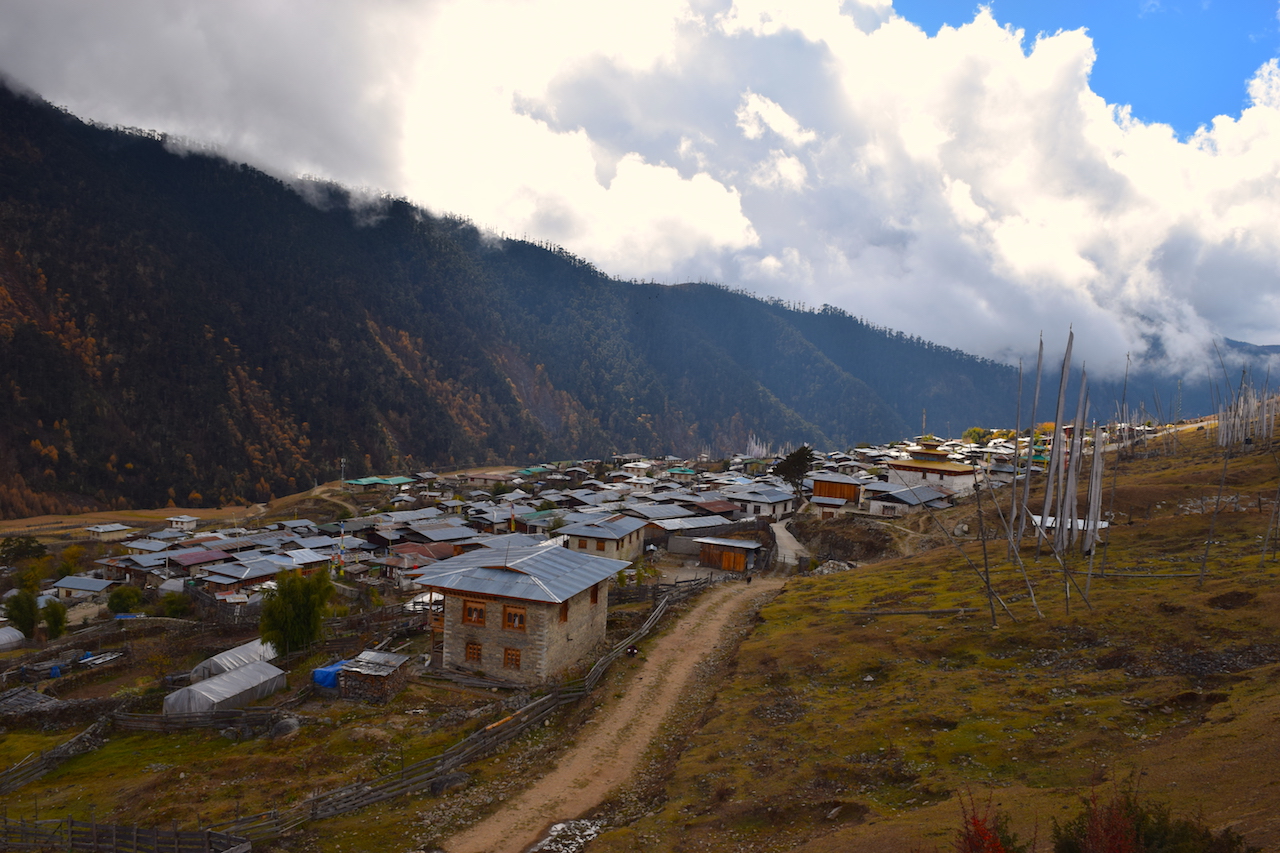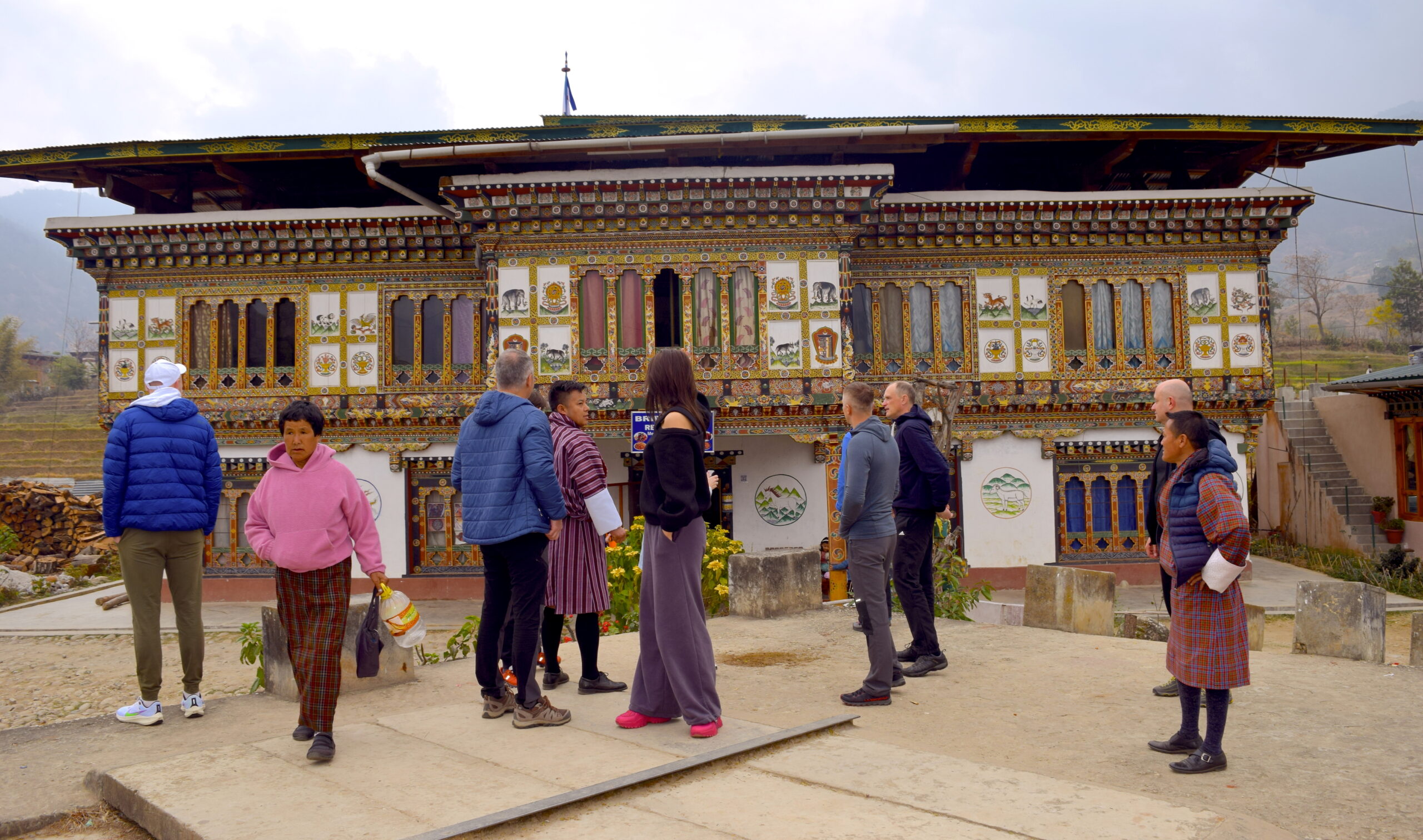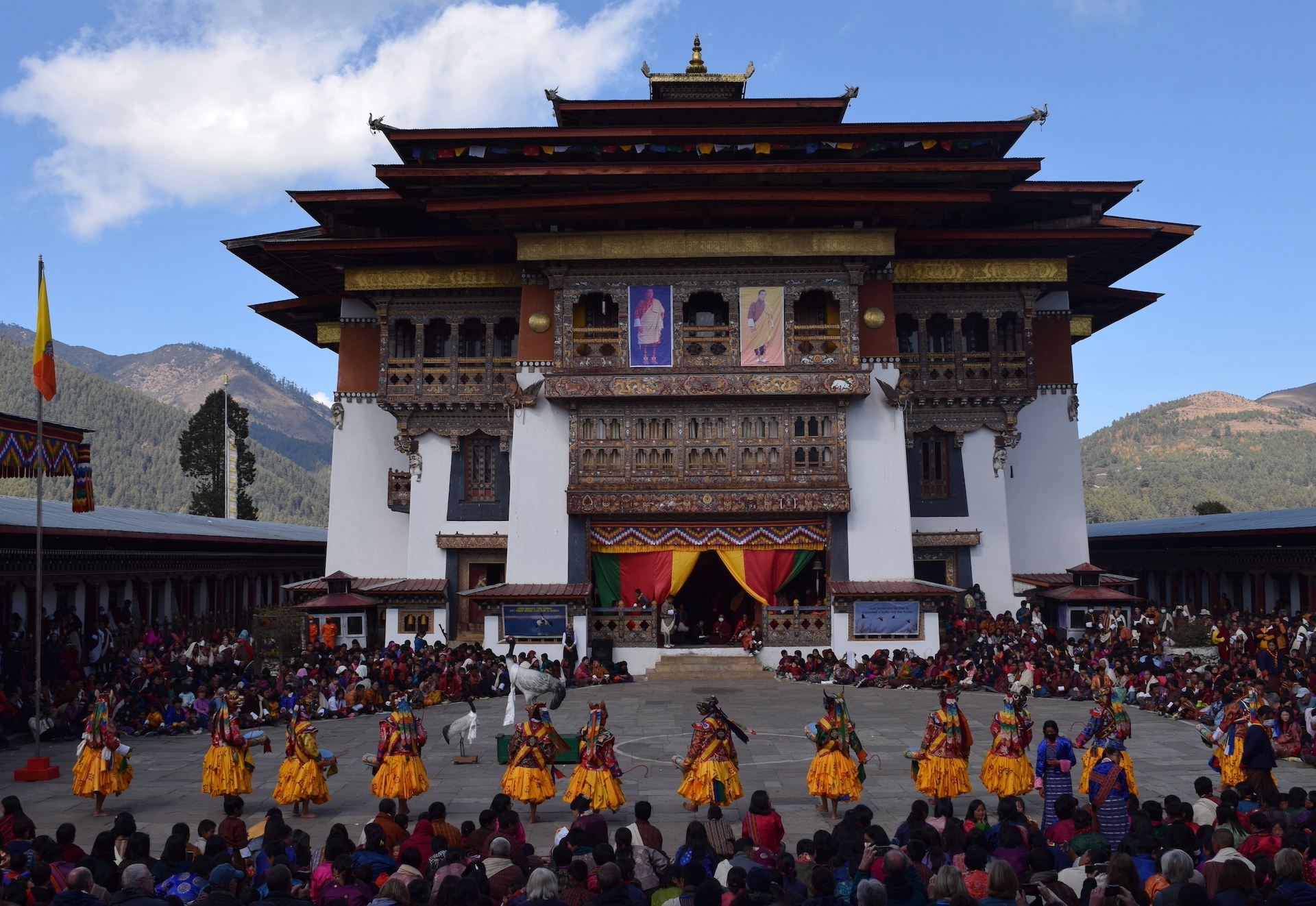Explore Eastern Bhutan Tours offers an immersive journey into the heart of Bhutan’s lesser-explored region, where traditional culture, breathtaking landscapes, and serene spirituality converge. As one of the leading tour operators specializing in Eastern Bhutan, we strive to create unforgettable experiences for travelers seeking authenticity and adventure.
Our meticulously crafted itineraries are designed to showcase the hidden gems of Eastern Bhutan while providing insight into the region’s rich cultural heritage. From ancient monasteries perched on rugged cliffs to remote villages steeped in tradition, each destination offers a glimpse into Bhutan’s timeless way of life.
One of the highlights of our tours is the opportunity to engage with local communities and gain a deeper understanding of their customs and beliefs. Whether participating in traditional rituals, learning the art of Bhutanese cuisine, or simply sharing stories with villagers, our guests are welcomed as honored guests, fostering meaningful connections and mutual respect. We will also have an opportunity to explore the two villages of Merak and Sakten – The Land of Brokpas!
In addition to cultural experiences, Explore Eastern Bhutan Tours also caters to nature enthusiasts, with excursions to pristine forests, cascading waterfalls, and panoramic viewpoints offering sweeping vistas of the Himalayas. Hiking trails lead through verdant valleys adorned with rhododendrons and wild orchids, providing ample opportunities for exploration and adventure.
At the heart of our philosophy is a commitment to responsible tourism and sustainable practices. We work closely with local communities to ensure that our presence has a positive impact, supporting initiatives that preserve cultural heritage, protect the environment, and empower indigenous peoples.
Whether you’re a seasoned traveler seeking new horizons or embarking on your first journey to the Land of the Thunder Dragon, Explore Eastern Bhutan Tours invites you to discover the beauty and charm of this enchanting corner of the world. Join us on a transformative voyage that will leave you with memories to last a lifetime.
Explore Eastern Bhutan Tours offers a unique and enriching travel experience for several compelling reasons:
- Authentic Cultural Immersion: Eastern Bhutan is less frequented by tourists compared to western regions, allowing for a more authentic and immersive cultural experience. Our tours provide opportunities to engage with local communities, participate in traditional rituals, and gain insights into Bhutanese customs and way of life.
- Off-the-Beaten-Path Destinations: We take you to remote villages, ancient monasteries, and serene landscapes that are often overlooked by mainstream tourism. These hidden gems offer a glimpse into Bhutan’s untouched beauty and provide a sense of discovery and adventure.
- Expert Guidance: Our team of experienced guides are passionate about sharing their knowledge and love for Eastern Bhutan. They are well-versed in the region’s history, culture, and natural wonders, ensuring that you have a meaningful and insightful journey.
- Sustainable and Responsible Tourism: We are committed to sustainable tourism practices that minimize negative impacts on the environment and local communities. By traveling with us, you contribute to initiatives that support conservation efforts, preserve cultural heritage, and promote socio-economic development in Eastern Bhutan.
- Breathtaking Scenery: Eastern Bhutan is known for its stunning natural landscapes, including lush forests, towering mountains, and cascading waterfalls. Our tours take you to some of the most picturesque spots in the region, offering opportunities for photography, hiking, and relaxation amidst nature.
- Tailored Experiences: Whether you’re interested in cultural immersion, outdoor adventures, or spiritual retreats, we offer a range of customizable tour packages to suit your preferences and interests. From short day trips to extended expeditions, we have options for every type of traveler.
- Personalized Service: We prioritize the comfort and satisfaction of our guests, providing personalized attention and support throughout your journey. From airport transfers to accommodation arrangements, we take care of all the details so that you can focus on enjoying your experience in Eastern Bhutan.
Overall, Explore Eastern Bhutan Tours offers a transformative travel experience that allows you to connect with the essence of Bhutan in a meaningful and unforgettable way. Whether you’re drawn to its cultural richness, natural beauty, or spiritual depth, we invite you to embark on a journey of exploration and discovery with us.






